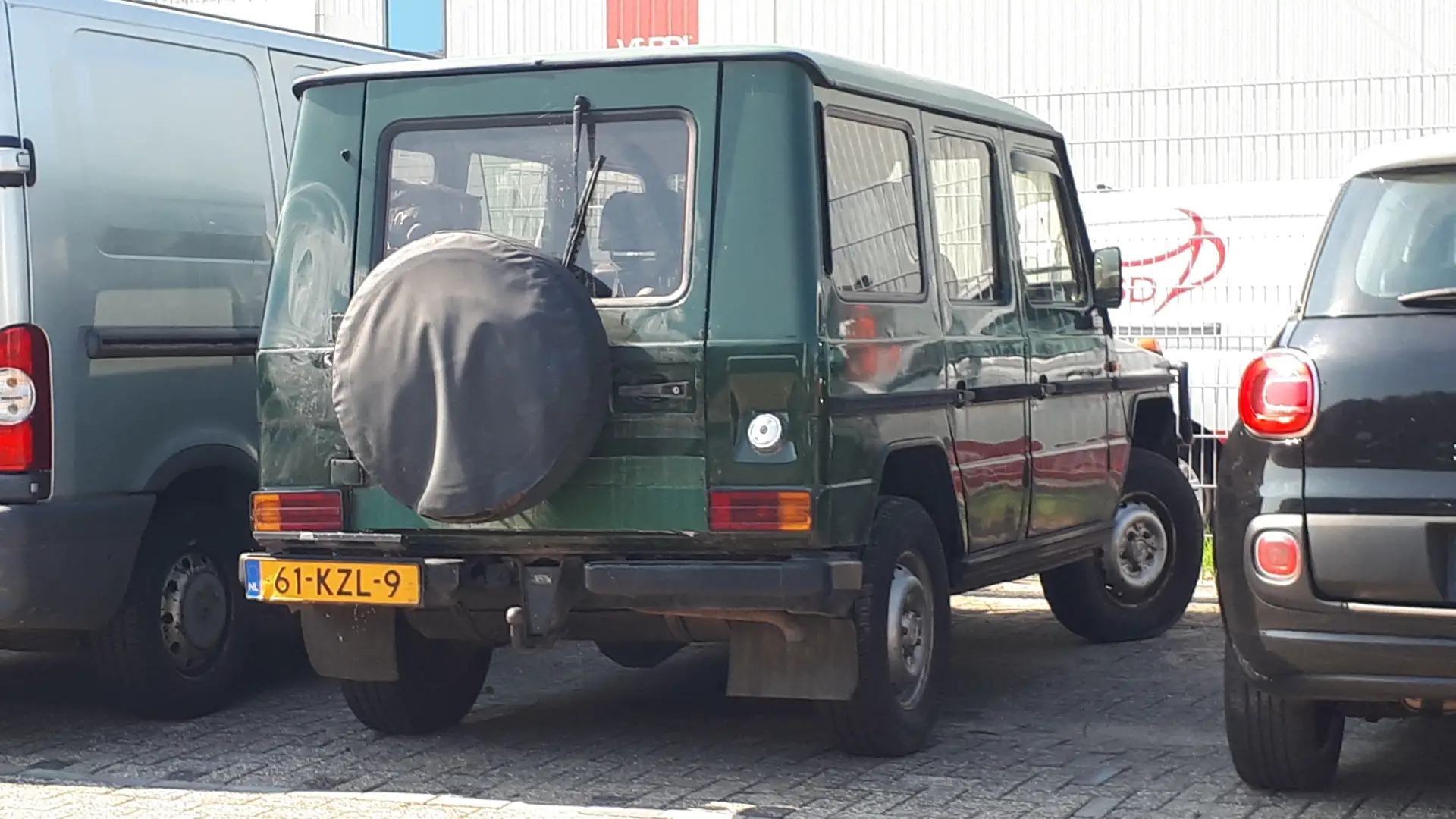Spotted: no Mercedes-Benz G-Class
At a business park in Purmerend, we saw this old all-terrain vehicle. Of course, you immediately recognize that one as a Mercedes-Benz G-Class. You see them often enough, but this is an early one for a change, so it could be photographed as a car spot. On closer inspection, this specimen is extra special because this is not a Mercedes-Benz G-Class at all! But what then?
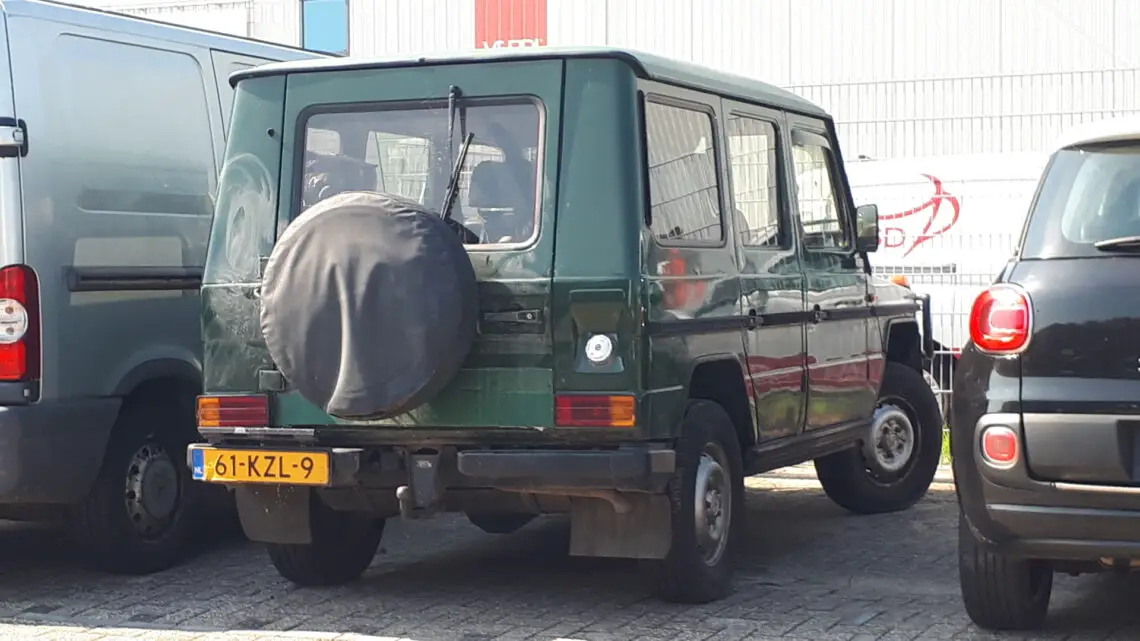
Mercedes-Benz G-Class was also sold as…
The Mercedes-Benz G-Class itself needs little introduction. But did you know that the iconic model has also been sold under several brand names? The G-Class was produced by the Austrian company Magna-Steyr, initially still called Steyr-Daimler-Puch. Basically, the model was sold everywhere as a Mercedes-Benz, but in some countries Magna-Steyr also released the model under its own name, as the Puch G-Series.
The name Puch was used in Austria, Switzerland, Liechtenstein, Yugoslavia (and later the ensuing countries), Mongolia and the so-called Eastern European COMECON countries. In all other markets, the car was simply called Mercedes-Benz G-Class. The reason for this deal was Puch’s strong reputation for off-road vehicles, especially in those regions. In 2000, the agreement expired and the model also became a Mercedes in the said regions.
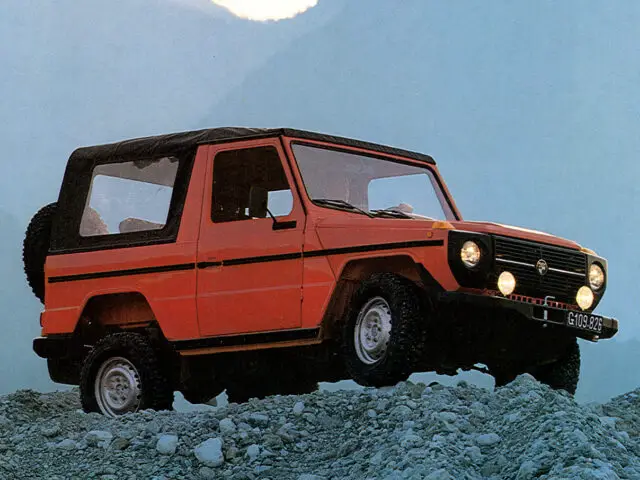
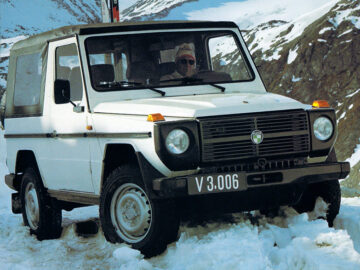

Currency exchange
Just to show how popular Puch was: soon kits came on the market that allowed you to add Puch logos to the later Mercedes version after all. For Pope John Paul II’s visit to Austria in 1983, the famous Popemobile G-Class was even temporarily branded with Puch logos. By the way, the other way around also happened: plenty of Puchs still got a Mercedes star on the grille from their owner. The logo is also the only difference between the Mercedes and Puch versions.
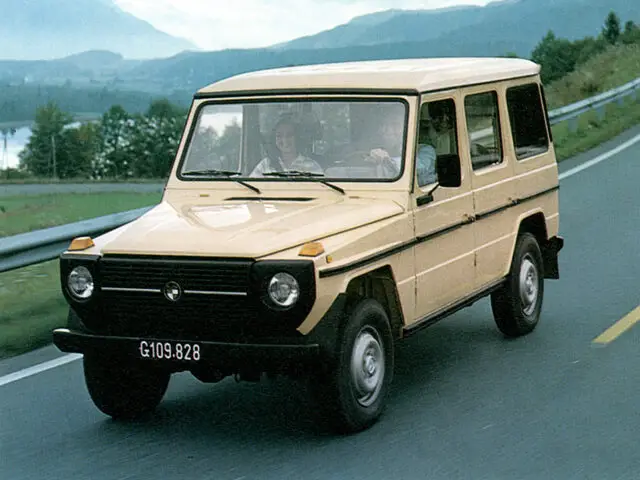
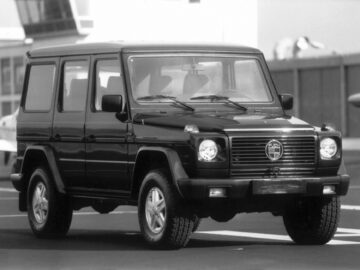

Yet another Mercedes-Benz G-Class variant
Did you know that there is another brand variant of the Mercedes-Benz G-Class? No, we don’t mean tuner models like those from Brabus, but something from unexpected quarters. In fact, the G-Class also came for a time as a Peugeot P4. The Peugeot version was produced mainly for the French army. Engine, transmission, electrical system and final assembly were provided by Peugeot, the rest came from Mercedes-Benz. Later in production, a civilian version of the Peugeot P4 was also delivered, but it was not popular.
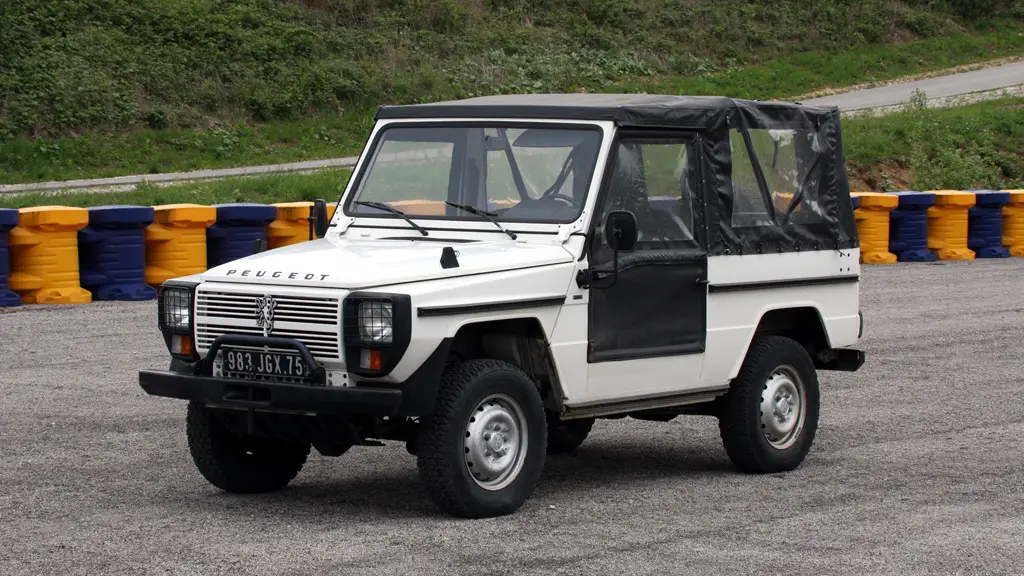
The spotted specimen
Just for completeness: the one we spotted in Purmerend is, to be exact, a 1982 Puch 300GD, which has been in the Netherlands since 2010. The Puch still looks very clean and the sand residue suggests that the off-road vehicle is also still being used for its intended purpose. Tell me, this is much nicer than one of those modern “fat G-Classes,” isn’t it?


